An article by: UC SAN DIEGO TODAY.
Even today, women remain underrepresented in STEM (Science, Technology, Engineering and Math) careers, especially in male-dominated fields like physics, engineering and mathematics. According to the American Association for University Women, women in STEM careers — and girls who study in STEM fields — are still hampered by gender stereotypes, a dearth of role models and a lack of confidence. University of California San Diego graduate student Robin Glefke hopes to change that with STEM Girl Summer.
Glefke is a physics graduate student who works in the lab of Associate Professor of Physics Alex Fraño, investigating how to engineer superconductors and design materials for neuromorphic computing devices — an energy efficient computer architecture that mimics the brain. When she’s not busy with her studies, she looks for ways to give back to her community.
“I’m really passionate about making science more accessible to people that are interested in pursuing it,” she said. “Particularly as a woman in physics, there’s not a whole lot of us, so I want to do everything I can to make the environment more amenable to women and other minorities.”
Built off a program Glefke started as a high schooler in Georgia, STEM Girl Summer brings female San Diego-area high school students to campus for a weekend of hands-on learning, panel discussions and fellowship, showing them — perhaps for the first time — that a career in science is something they can pursue.
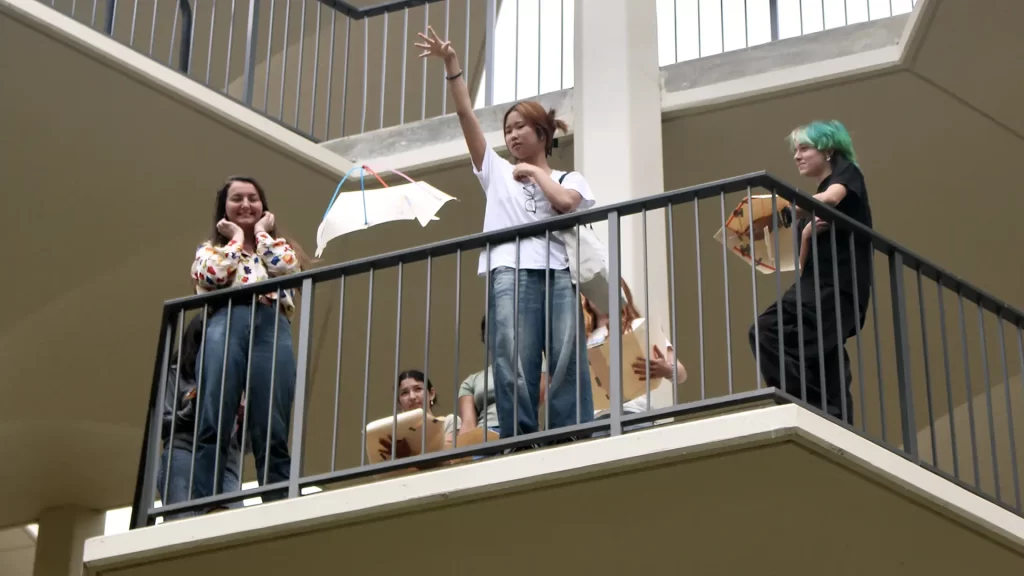
For this year’s program, which concluded last month, students participated in two classic engineering challenges: dropping an egg off a balcony and sailing a glider, each testing a different set of problem-solving skills. The glider challenge asked students to create a glider that would fall as slowly as possible when launched. For this, they were given a predetermined set of materials that they could use in any way they wanted. The egg-drop challenge asked students to build a container to safely cushion an egg dropped from a balcony. For this, they were given money to “buy” materials from a store, so each team could determine which materials made the most sense for the challenge.
“These challenges, where they have to solve a problem in different ways, teaches them to think like a scientist,” stated Glefke. “Having done it here, it gives them the confidence that they need to enter into those environments at school. Problem solving is so fundamental to STEM, it’s a useful skill no matter what field they choose to pursue.”
Students also participated in demonstrations that focused on different fields within physics, including astronomy, optics and biophysics. To learn about chaos theory and non-linear dynamics, students conducted a Belousov-Zhabotinsky reaction, which formed dramatic oscillating patterns in a petri dish. They also built flashing circuits and bottle rockets, and visited the lab of Assistant Professor of Astronomy and Astrophysics Quinn Konopacky.
They also heard from Gurleen Bal, an assistant teaching professor in the Department of Physics, who shared her journey as an undergraduate studying physics at UC San Diego to now teaching physics at her alma mater.
A panel discussion with current students allowed the high schoolers to ask questions about applying to college, finding the right major and managing stress, something Citlali Martinez, a tenth grader from Rancho Peñasquitos, found very useful.
A simple chemistry experiments showed students an example of a non-linear and chaotic chemical process, mimicking how complex patterns and behaviors can emerge in biological systems. (cr: Robin Glefke)
“My favorite part of camp was the panel where I heard useful advice for applying to internships, taking classes to complete minors and deciding on a major in college,” she said. “Even though I was intimidated by how difficult physics was before, now I definitely feel inspired to take a physics class in high school and I would consider studying it at UC San Diego.”
Glefke, who is also president of Graduate Women in Physics (GWIP), is thinking about the future. While she mulls over postdoctoral research or a possible career in science policy, she hopes that after she graduates STEM Girl Summer will continue to thrive at UC San Diego.
“Money is a big factor,” Glefke admitted. Originally started with funding from the dean’s office in the School of Physical Sciences, the program is now supported through several on-campus sources. Going forward, she hopes it will be easier for organizations and individuals to make donations to support the program.
To safeguard the program, GWIP will absorb STEM Girl Summer into its mission, hopefully giving a formal infrastructure to its operations, including logistics, volunteers and donations. She would also like to expand the program, while still making sure it’s accessible to the students who need it most.
It’s clear the program is making an impact. Remarked one student, “I think the best part was the community aspect. It’s great to see so many women in STEM at the higher level, especially when STEM classes at my school have very few girls.”


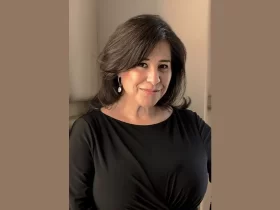
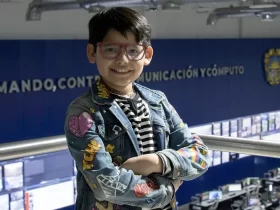
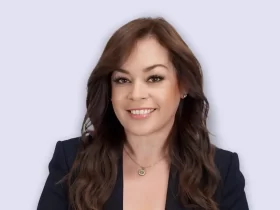
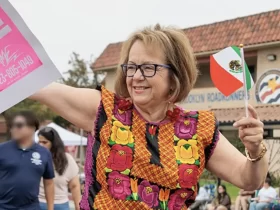
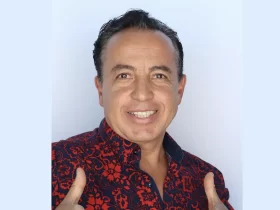
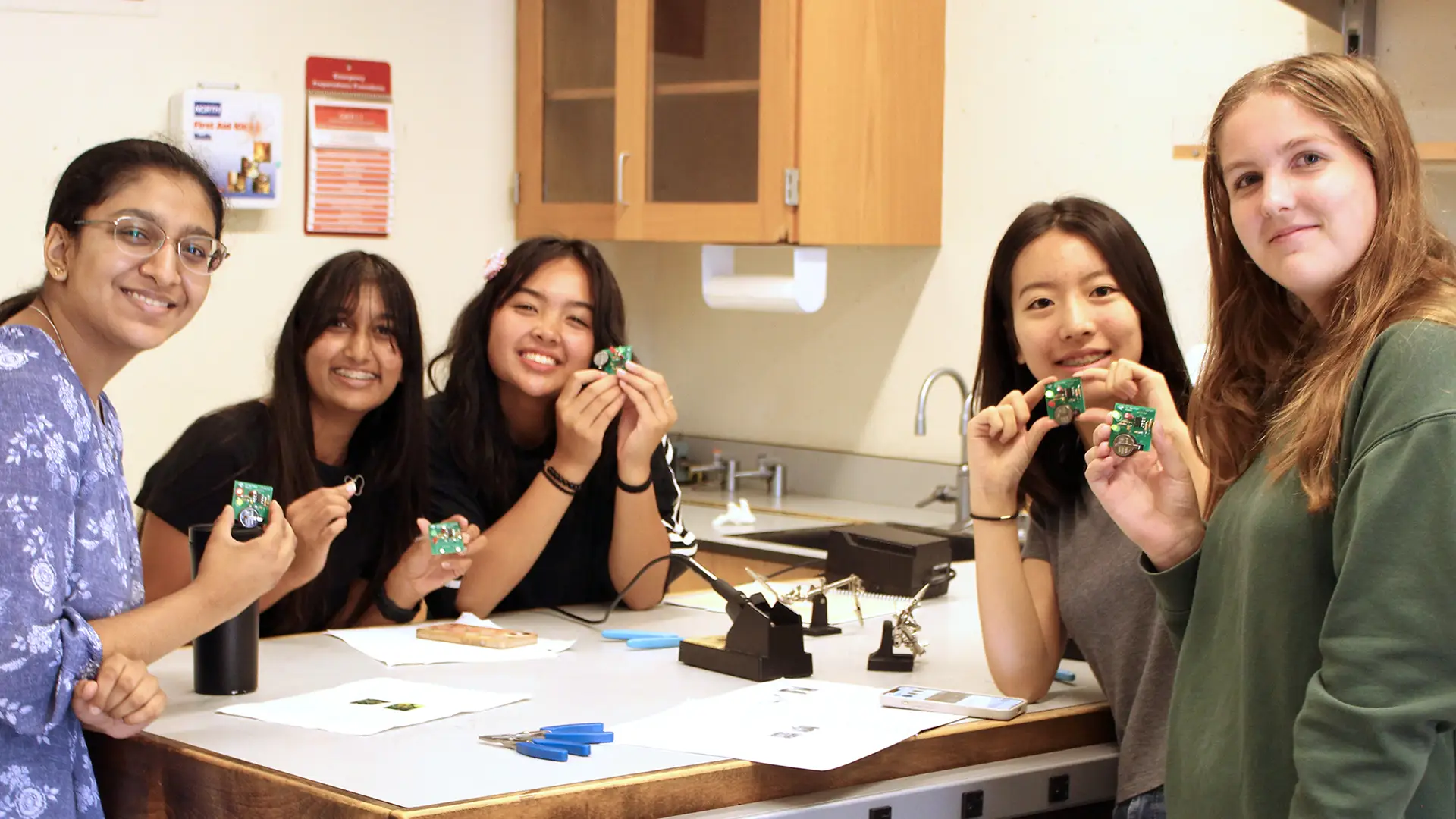
















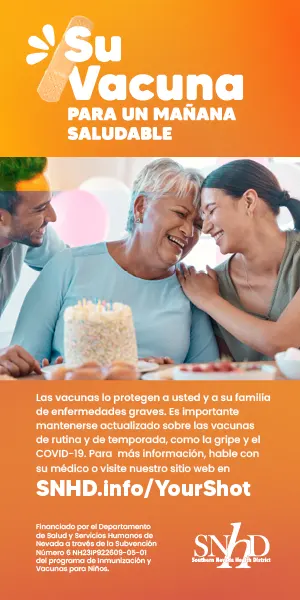









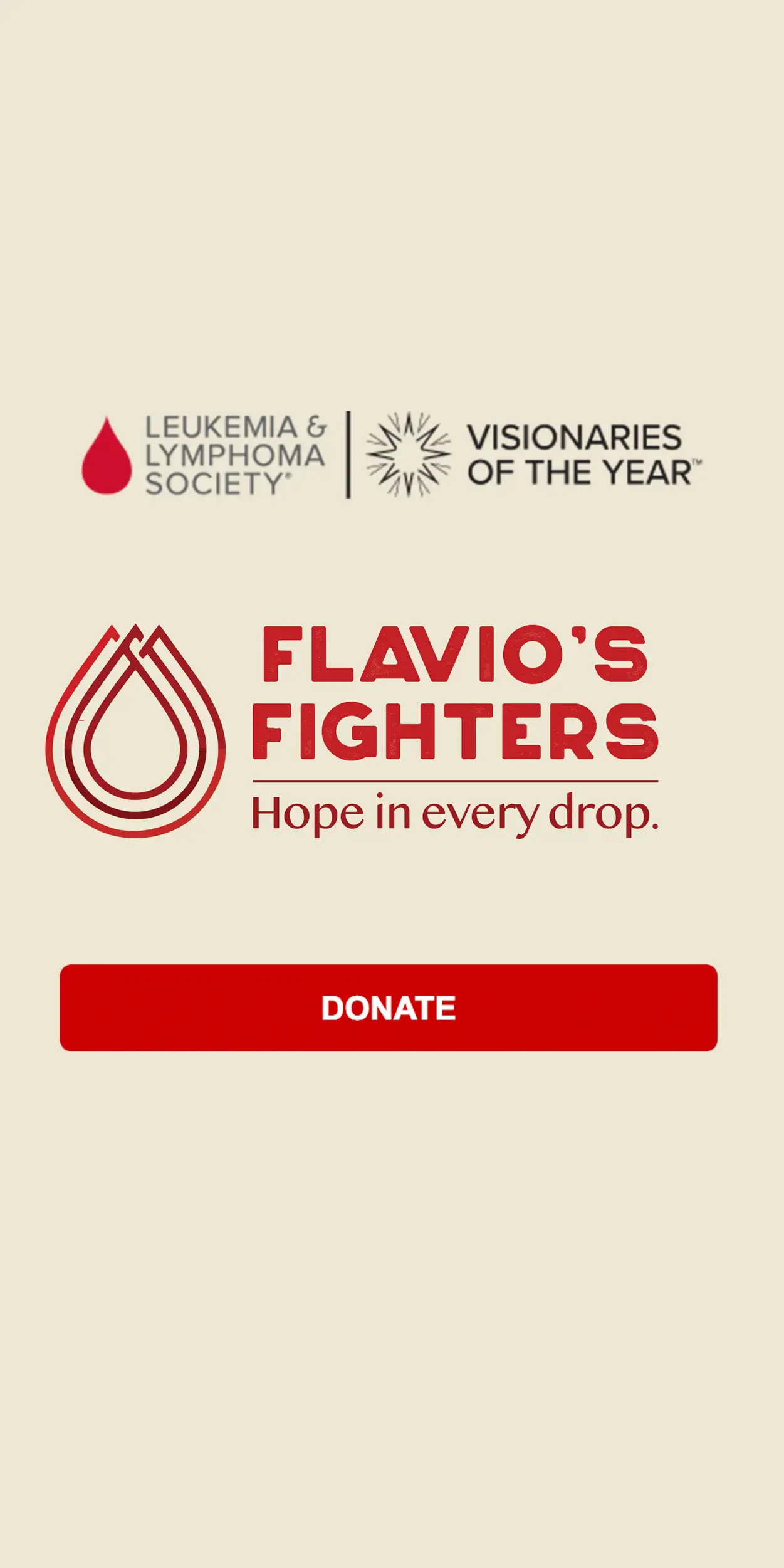


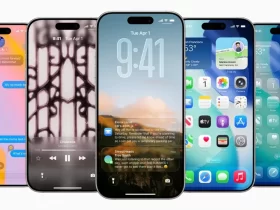
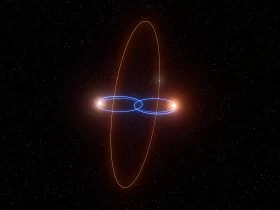

Leave a Reply